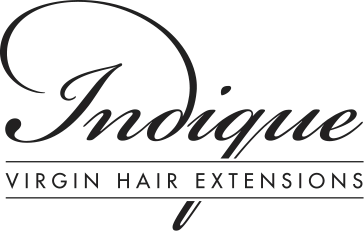Coily hair and curly hair might seem similar at first glance, but they have distinct behaviors and responses to various hair care techniques.
You might think that coily and curly hair are alike since they both belong to the same hair type family. After all, curls are curls, right?
But you'll be surprised to learn just how much difference there really is between these two textures.
It's important to understand the nuances of your hair type, as it enables better management. The more love and care you give to your hair, the stronger and healthier it becomes.
While both coily hair and curly hair have curls, understanding the specific curl patterns of your hair will help you maintain its health and beauty.






